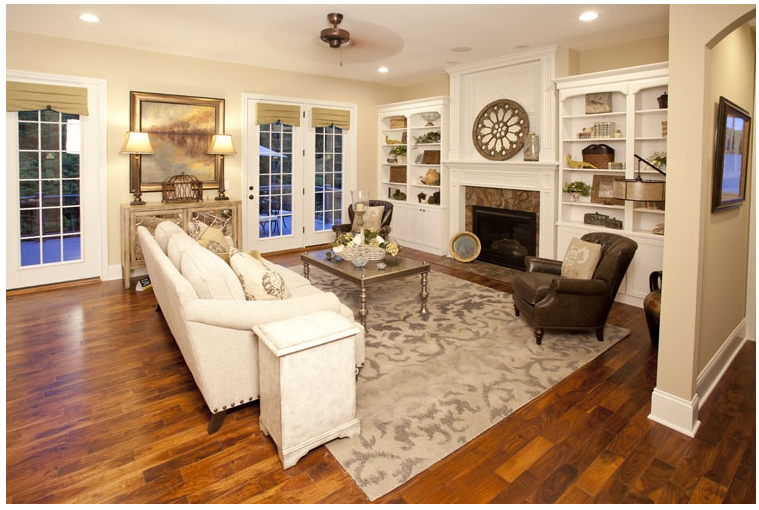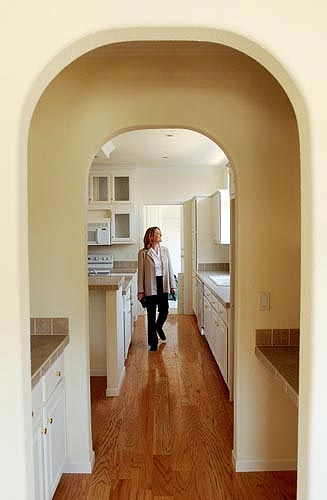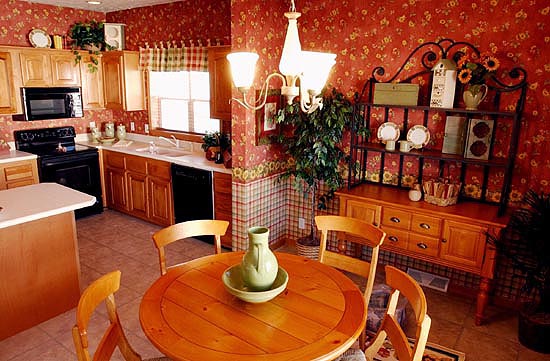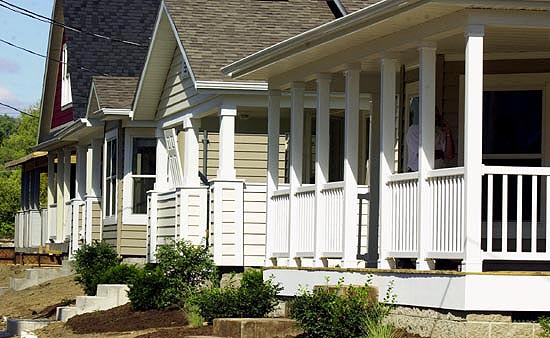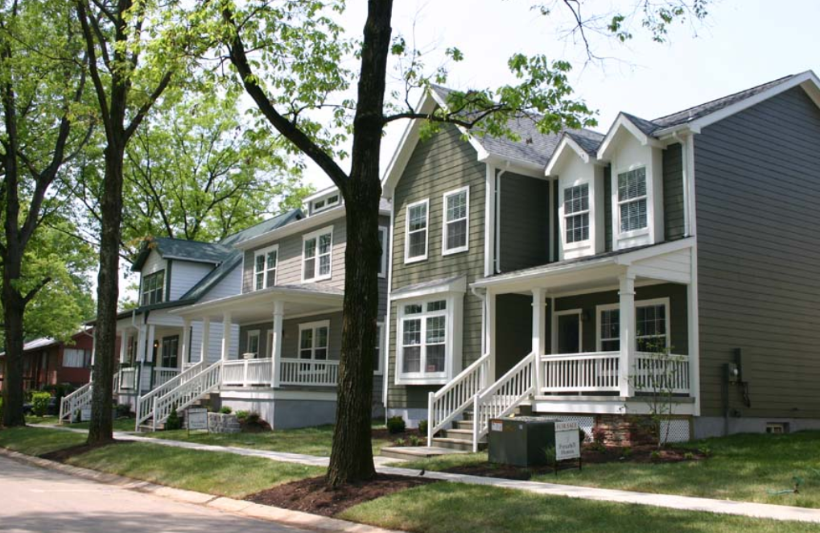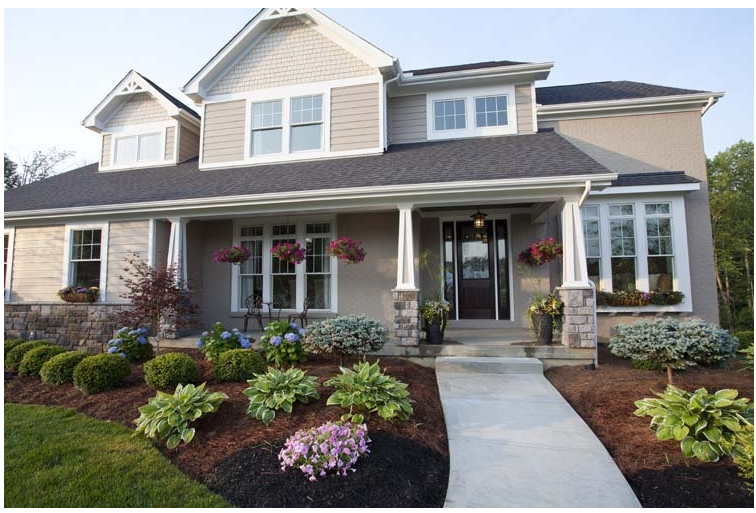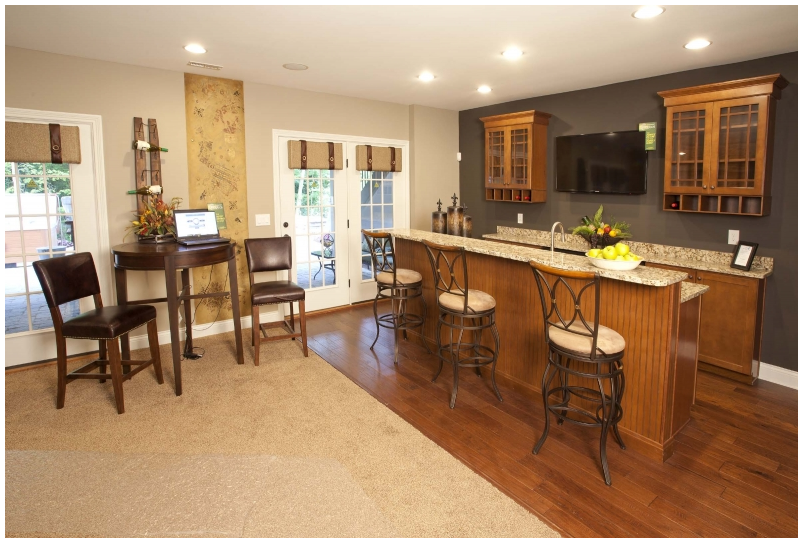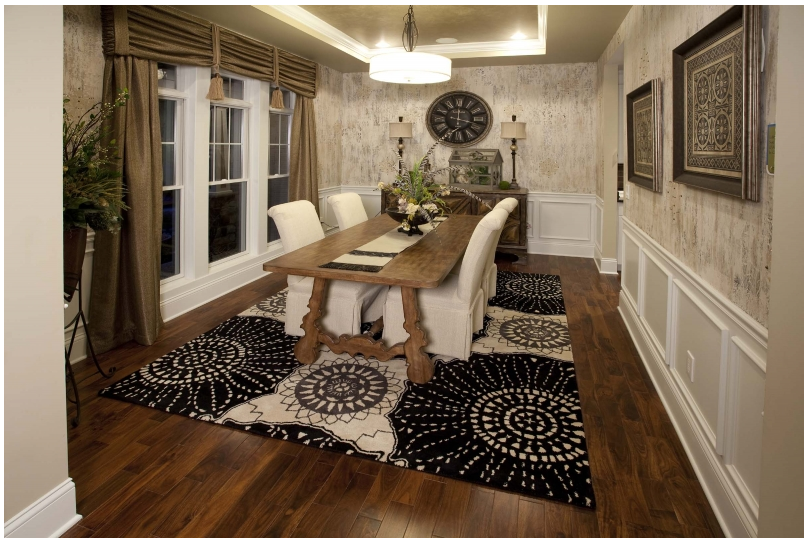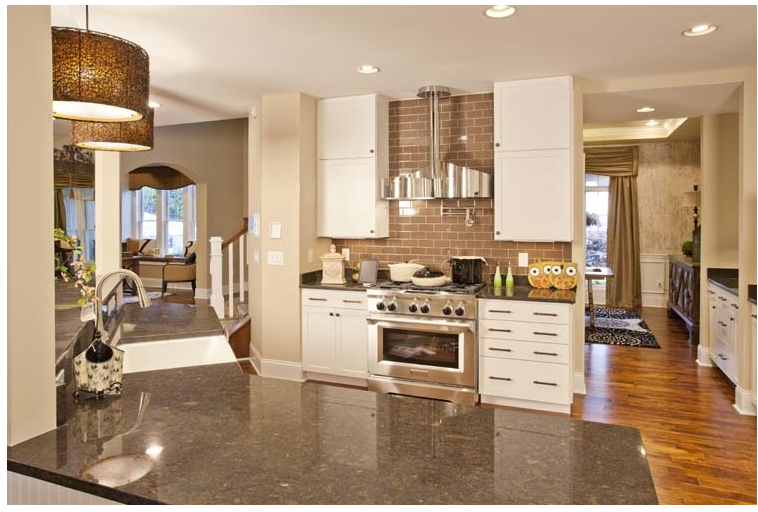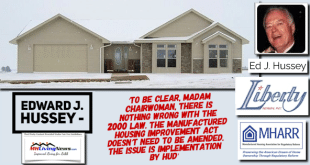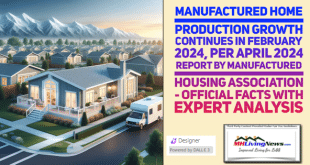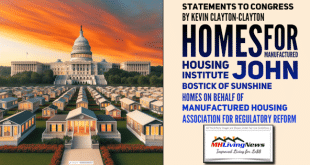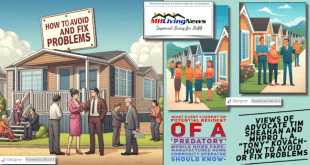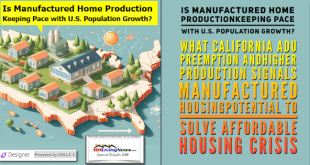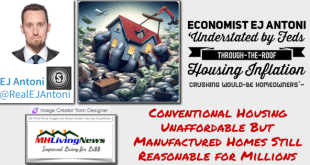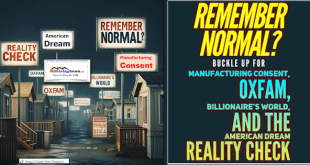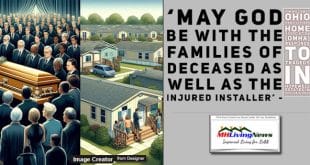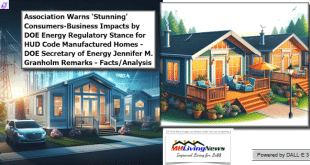Recent positive stories in the mainstream media have brought more attention and interest in using modern manufactured homes in a metropolitan setting. This is already being done in other countries, and could just as easily be taking place here in the United States. More public officials and media professionals are beginning to grasp the modern realities versus the outdated myths and stereotypes. The Boston Globe’s recent editorial is an example of such an open-minded call to action, favoring using manufactured homes to fill the need for quality yet affordable homes in their city.
Boston is not the only place that more quality, affordable homes are needed.
Potterhill Homes
Pamela Beck Danner, JD, the new federal manufactured home program Administrator for the U.S. Department of Housing and Urban Development (HUD), acknowledged anew at a recent meeting in Indianapolis, IN that the HUD Code is pre-emptive of local zoning. This is a fact that many overlook or have never heard about.
An example of a HUD letter to a local zoning officials, reminding them about federal pre-emption for manufactured homes, is found as at this link, entitled HUD Response to Richland, Mississippi Zoning issue, August, 2012. The letter reads in part,
“In summary, a locality may not regulate or exclude structures that meet the Federal definition of a manufactured home based solely on a construction and safety code different than that prescribed by the National Manufactured Housing Constructions and Safety Standards Act of 1974, as amended.”
Those words may strike fear into some zoning officials who have never heard or read them before! But those who have that reaction may be thinking about old, outdated ‘mobile homes,’ which have not been built in the U.S. since June 15, 1976, when the HUD Code for manufactured homes went into effect.
The use of manufactured housing in an urban setting has been done successfully before, and one example is CityScapes at Carthage Mills.
The Ohio Manufactured Homes Association provided us with this snapshot of the project.
CityScapes at Mills of Carthage
When the City of Cincinnati, Ohio, decided to revitalize the neighborhood known as Carthage by relocating an industrial plant, it chose to redevelop the site with new, affordable housing.
However, like countless other cities across the nation, it faced a major dilemma. Local home builders were either unable or unwilling to build homes on the site that met the pricing and architectural guidelines established by city officials.
That’s when the manufactured and modular housing industry stepped forward to show city leaders how today’s factory-built homes can deliver quality, affordable homes that are aesthetically compatible with urban and suburban neighborhoods. The result is CityScapes at the Mills of Carthage, the first new housing development in the Carthage neighborhood in 40 years, developed by Cincinnati-based Potterhill Homes.
Developer Carolyn Rolfes
Cincinnati’s Enquirer did the following story, written by Jenny Callison.
New homes, Traditional Touch in City
Developer Carolyn Rolfes walks through
the kitchen of the Gatsby model.
While pricey brick townhouses sprout elsewhere on vacant lots in Cincinnati, a development in Carthage may hold the key to affordable urban housing.
Fifteen new homes in styles reminiscent of the early 20th century are turning a former eyesore into a showcase. The Mills of Carthage development is made up entirely of manufactured housing, with price tags of $100,000 to $185,000. It’s taking shape on a former industrial site in an otherwise residential neighborhood. Eventually, 60 new homes will occupy the 14-acre plot.
The Mills of Carthage is a project of Potterhill Homes, a Milford-based builder of manufactured homes that aims to provide affordable single-family housing with a traditional look.
Five manufacturers’ models are represented in the first phase of the project. The structures were factory-built and shipped in three to four segments for assembly on site. Each house has a detached two-car garage, and a front porch to encourage neighborliness.
“We wanted to match the surroundings,” said Potterhill president Carolyn Rolfes, indicating the tidy single-family dwellings that front the site on two sides.
The kitchen and dining room
in the Eames model.
The new one- and two-story homes are 1,350 to 2,400 square feet and are designed for urban lots 40 feet wide by 140 feet deep. They come equipped with carpet and other floor coverings, kitchen appliances and light fixtures. Basic landscaping is provided for the front yard.
“I really truly love it,” said neighbor Fran Burns, who has watched the project take shape after working with others in the community to bring a residential development to the former brownfields site. “What was there before – which was basically warehouses – wasn’t too conducive to good living. Tractor-trailer trucks were going in and out day and night.”
After the old structures were demolished, the site sat vacant for several years. One proposal, to construct upscale homes on the property, fell through.
In stepped Potterhill Homes.
Although hers is a new company, Ms. Rolfes learned about the manufactured-home industry from her father, who has been in the business for 35 years. She says she has worked with manufacturers to add touches that increase appeal. Ground-floor rooms have 9-foot ceilings. Framing is done with 2-by-6s rather than 2-by-4s. Insulation exceeds code. Jacuzzi tubs are available for a minimal fee. All models have master suites.
Exterior of some of the newly built homes
along 66th Avenue at the Mills of Carthage
“The construction and features are a lot better than in many new homes I’ve seen,’ said Angela Brown, who has purchased one of the models. “You would never guess this was a modular home development.”
Ms. Brown, who now lives in Highland Heights, chose a home at the Mills of Carthage for two main reasons.
“The first reason is that it’s new, and finding a new home in Cincinnati is very difficult. With my allergies, a new home is almost a requirement. Second, it’s centrally located, only about 10 minutes from downtown, where I work.”
Meanwhile, others in the neighborhood are sprucing up their homes.
“More people are fixing up their homes. I see them out with paintbrushes,” said Ms. Burns.
(Editor’s note, the original of this story is found at the following link)
From the Potter Hill Homes blog,
you’ll find the street scape shown above
and other photos shown below
The Cincinnati Enquirer article was done over a decade ago, and should have received far more attention than it did.
As factory built modular and manufactured homes have progressed in design since then, a newer model of Potter Hill Homes is shown above and below.
Great Room
Basement Bar
Formal Dining
Kitchen
There are other examples of such modern, upscale designs, which have attracted the attention of CBS News in their recent report, which used outdated terminology, but described homes from basic to beautiful, some of which are owned by millionaires.
As more of the public and government elected and appointed officials understand the value of these modern factory built homes, which provide quality living for less, their popularity and use is likely to continue the 4 year uptrend in sales for new manufactured homes. ##
 manufacturedhomelivingnews.com Manufactured Home Living News
manufacturedhomelivingnews.com Manufactured Home Living News
